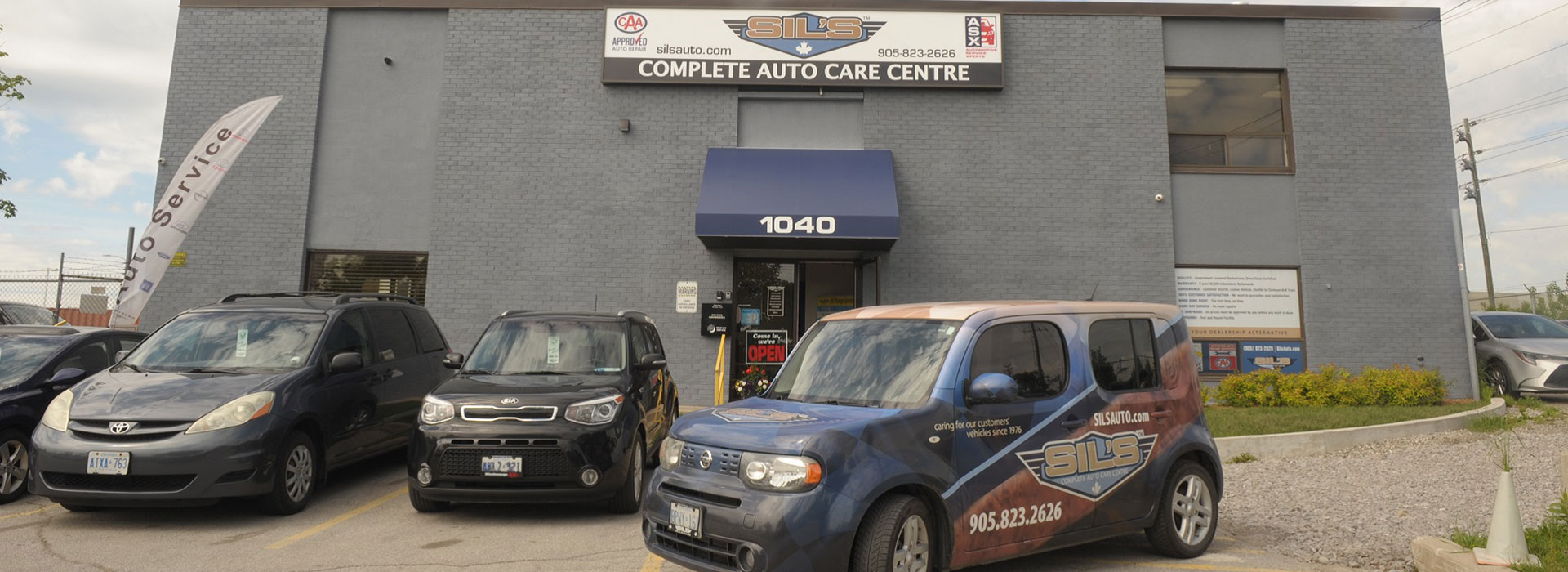- Auto Services
- Air Conditioning
- Auto Diagnostic Services
- Auto Repair Financing
- Batteries
- Brake Services
- Digital Vehicle Inspection
- Fleet Service
- Factory Scheduled Maintenance
- Fluid Flush Services
- Preventative Maintenance
- Pre Purchase Inspection
- Steering & Suspension
- Vehicle Safety Inspection
- Wheel Alignments
- Vehicles We Service
- Hybrid & EV Service
- Tires
- About Us
- Contact Us

